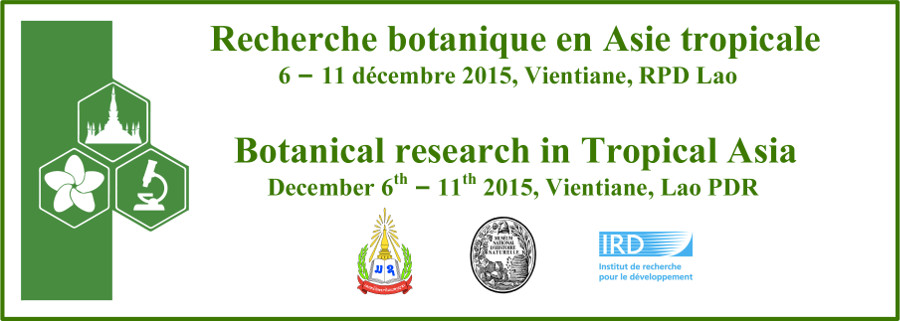Assessments of the latitudinal and elevational gradients of species richness are a major issue of biogeography worldwide, but plot-based complete floristic gradients in species rich tropical mountain areas are rare. This is especially the case in the Southeast Himalayan-Yunnan Biodiversity Hotspot stretching from Palaeotropical lowland forests to Holartic forests of the “Icy Mountains” of northern Myanmar, an area of little known flora.
To analyse the structure and occurrence of species along elevational gradients.
The vegetation transects were conducted between 2012 in Natma Taung (3,062 m, 21°14'N, 93°54'E) in Chin State and 2013 and 2014 in primary forests of the “Northern Forest Complex” along two prominent ridges leading up to Hponyin Razi (4,057 m asl; 27°39'N, 96°57'E) and Hponkan Razi (3,608 m asl; 27°30'N, 96°56'E) in Kachin State.
Four sample units of 400 m2 plot were recorded in elevational steps of 200 m along three transects between 400 and 3,000 m for Natma Taung and 4,000 m for Hponyin Razi. In parallel 11 climate stations were established. The cumulative number of the species in a community is carried out using specaccum (vegan) in R.
472 species of ferns belonging to 25 families were recorded in 132 survey plots. Dryopteridaceae and Polypodiaceae are the most species rich families. Both mountain areas showed hump-shaped patterns of species richness in ferns but not in angiosperms with a linear decline. The highest species numbers in ferns were recorded in 2,400 m in Natma Taung and 1,200 m in Hponyin Razi.
Species richness in ferns may primarily depend on humidity: Natma Taung, situated at the periphery of the Central Arid Zone of Myanmar receives 500 mm annual rainfall at the foot of the slope in contrast of the Hponyin Razi area with more than 4000 mm annual rainfall.
- Poster

 PDF version
PDF version

